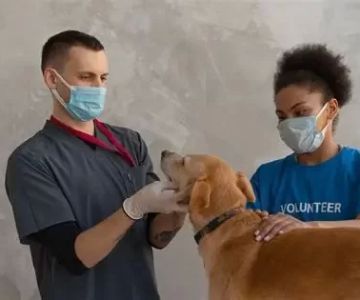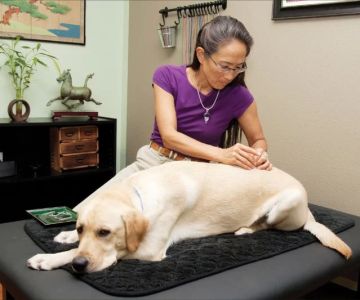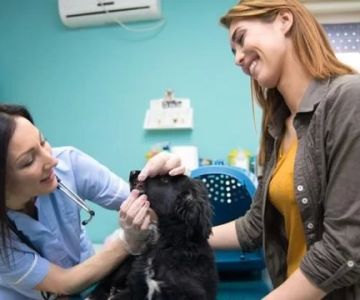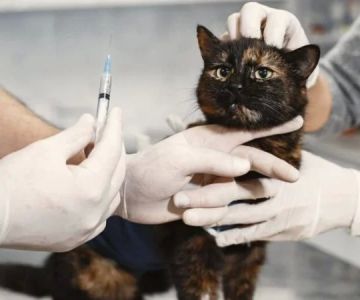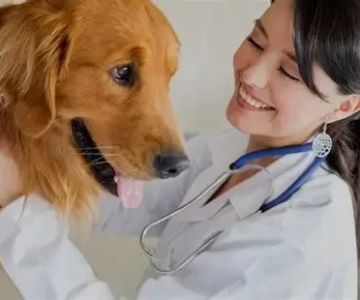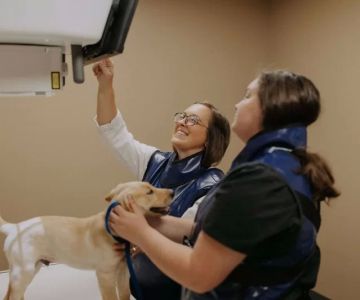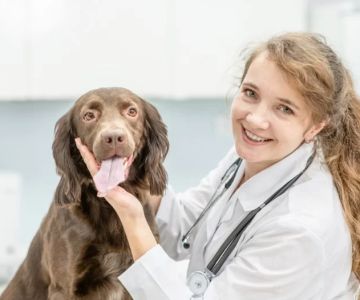Understanding the Role of a VPA in Veterinary Medicine
- What is a VPA?
- The Role of a VPA in Veterinary Practice
- Benefits of a VPA in Veterinary Medicine
- Real-World Case of VPA in Action
As a veterinary professional, it’s crucial to understand all the roles and responsibilities that help make a veterinary practice run smoothly. One such role, which may not be as widely known as others, is that of the VPA (Veterinary Practice Assistant). So, what exactly is a VPA in veterinary medicine? In this article, I’ll take you through the essential aspects of this position and explain why it is such an integral part of modern veterinary care.
1. What is a VPA?
A Veterinary Practice Assistant (VPA) is a professional who supports veterinarians and veterinary nurses by assisting in the day-to-day operations of a veterinary clinic or hospital. VPAs work alongside veterinary professionals, providing critical administrative and clinical support. While the role can vary slightly depending on the specific veterinary practice, the general duties of a VPA typically include managing patient records, assisting with medical procedures, preparing animals for surgery, and helping in client communications.
In essence, VPAs play a vital role in ensuring that a veterinary practice runs smoothly, allowing veterinarians and nurses to focus on the medical and treatment aspects of animal care. The VPA’s contribution often includes handling both the technical and clerical sides of the practice, making them an indispensable part of the veterinary team.
2. The Role of a VPA in Veterinary Practice
The role of a VPA is multifaceted. They provide support in clinical and administrative tasks, making them an essential part of the veterinary team. Here are some of the main areas where VPAs contribute to veterinary medicine:
2.1 Assisting in Animal Care
One of the key responsibilities of a VPA is assisting in the care and treatment of animals. This can range from helping with examinations, monitoring patients, administering medications, and preparing animals for surgery. For instance, when a pet comes in for surgery, the VPA ensures that the animal is prepped correctly, and all necessary equipment is ready, allowing the veterinarian to focus on the procedure.
2.2 Managing Patient Records
In addition to hands-on animal care, a VPA also plays a crucial role in maintaining patient records. This can include updating medical histories, recording lab results, and ensuring that all client information is accurate and up to date. Efficient record-keeping is essential for providing high-quality veterinary care, and a VPA is instrumental in ensuring this aspect of the practice runs seamlessly.
2.3 Client Communication
Another important function of a VPA is assisting with client communication. VPAs may schedule appointments, provide follow-up instructions for pet owners, and offer general information about treatment plans or medications. Their ability to effectively communicate with clients helps strengthen the relationship between the veterinary practice and pet owners.
3. Benefits of a VPA in Veterinary Medicine
While the role of a VPA may seem supportive, the benefits they bring to the veterinary practice are immense. Let’s explore some of the ways a VPA improves veterinary care:
3.1 Increased Efficiency in the Clinic
The addition of a VPA allows the clinic to operate more efficiently. With their help, veterinarians can focus on medical tasks while VPAs manage administrative duties. This division of labor leads to faster patient care and shorter wait times for clients. Ultimately, the practice can handle more patients, increasing the clinic’s overall productivity.
3.2 Cost-Effective
Hiring a VPA can be a cost-effective way for veterinary practices to streamline operations. By taking on multiple roles—both clinical and administrative—VPAs can reduce the need for additional staff. This can help the clinic save on labor costs while improving overall service.
3.3 Improved Patient Care
With the VPA handling various support tasks, veterinarians and nurses can devote more time to diagnosis and treatment, resulting in better overall care for animals. The VPA’s role in assisting during procedures and handling client concerns ensures that animals receive comprehensive care and that owners feel well-informed throughout the process.
4. Real-World Case of VPA in Action
To understand the practical impact of a VPA, let’s consider a real-world scenario. Last year, I visited a veterinary clinic where a VPA was integral to the success of a complex surgery on a dog. The surgery required a team of veterinary professionals, including the surgeon, the nurse, and the VPA.
The VPA’s role during the procedure was crucial. They managed the patient’s pre-op preparations, ensured all equipment was sterilized, and assisted in calming the anxious dog. During the procedure, the VPA stayed nearby, ready to provide any additional support that was needed. Their ability to multitask and assist in various areas allowed the surgery to go smoothly and without delay.
This experience highlighted how essential VPAs are to the success of a veterinary practice. Their support ensures that the team functions as a well-oiled machine, delivering top-notch care to animals in need.
If you’re a veterinary clinic looking to expand your team, hiring a qualified VPA can have numerous benefits. From enhancing efficiency to improving patient care, a VPA can be the key to taking your practice to the next level. If you’re interested in learning more about how a VPA can transform your practice, check out 【Internet Cafe】 for the best resources and services related to veterinary assistants and other veterinary healthcare roles.



